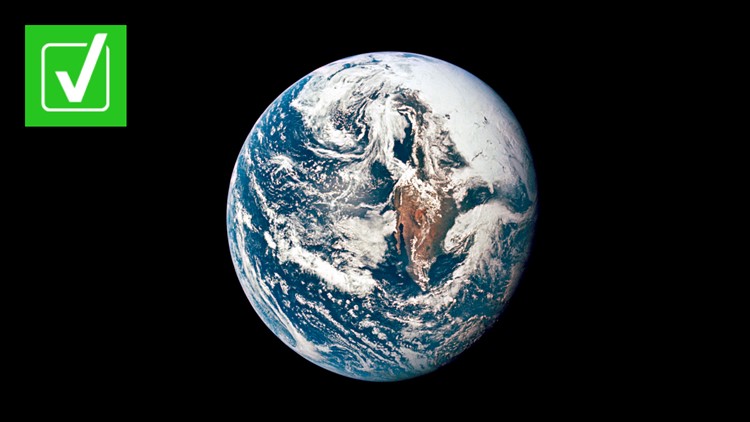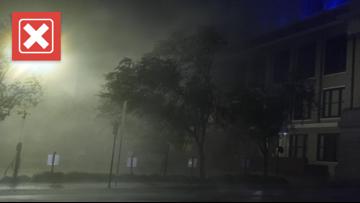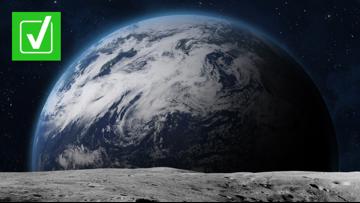Some people on social media (here and here) are wondering if they should be concerned about recent news reports that claimed Earth spun faster than usual on June 29, 2022.
“They broke news of Earth spinning faster which seems like it should be bigger news. We so desensitized to catastrophe at this point it’s just like well what’s next,” one person tweeted.
THE QUESTION
Did the Earth spin faster than usual on June 29, 2022?
THE SOURCES
- NASA
- American Geophysical Union (AGU)
- Stephen Merkowitz, Ph.D., scientist and project manager at NASA Goddard Space Flight Center
THE ANSWER
Yes, the Earth spun faster than usual on June 29, 2022, but scientists insist it is not a cause for concern.
WHAT WE FOUND
The Earth rotated faster than usual on June 29, 2022, resulting in the shortest day in modern history, according to NASA. In an Aug. 12 blog post, the space agency explained June 29 was 1.59 milliseconds shorter than a standard 24-hour day, which is roughly 86,400 seconds long.
NASA wrote that while June 29 is a record in the era of atomic clocks, “it is nothing out of the extraordinary” because the length of each day actually fluctuates over time.
“June 29, 2022, was not the shortest day ever in the history of the Earth but the shortest day in recent modern times,” NASA wrote.
Stephen Merkowitz, Ph.D., a scientist and project manager at NASA Goddard Space Flight Center, also told VERIFY this is not an event that should cause any concern because the Earth’s rotation varies each day.
“This is nothing out of the ordinary. It's not even that extreme of an event. It's by no means anything to be concerned about. It's not that the Earth is changing its rotation drastically that's going to have any impact on anybody's lives,” Merkowitz said.
NASA and the American Geophysical Union (AGU), a nonprofit that supports 130,000 Earth and space scientists, both say the speed at which the Earth rotates can be influenced by a number of factors, including ocean currents or melting ice sheets.
“The currently observed increased rotational speed may be attributed to different geophysical phenomena, by themselves or in combination, including post-glacial rebound effects following the melting of ice masses particularly in the polar regions, climatological impacts on global hydrology due to recent consecutive La Nina events, and changes in the parameters of the Earth's Chandler wobble,” NASA wrote.
“Storms, tides, melting ice, internal churning in the mantle, etc. can change the way mass is distributed around the planet and that can tweak Earth’s rotation short term,” AGU told VERIFY.
The Earth’s rotation had been slowing down in recent years, mostly due to friction caused by changes in the tide, according to NASA and AGU. To adjust for this, Merkowitz told VERIFY leap seconds have been inserted to account for the slowed rotation. A leap second is a second added to Coordinated Universal Time (UTC) – the time standard people use in their daily lives – in order to keep it synchronized with astronomical time.
“The Earth continues to rotate very close to 24 hours, but it gets off by, in this case, a little over a millisecond…. and as that can accumulate over time, that's where we want to introduce leap seconds,” Merkowitz said.













